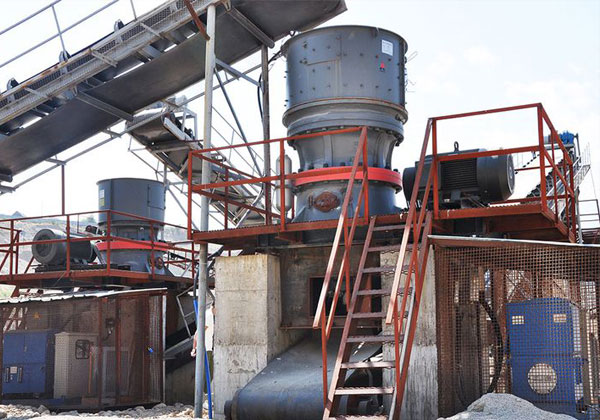crusher in the rock crushing stage
In the rock crushing industry, crushers play a pivotal role in the reduction of large rock materials into smaller, more manageable sizes. The rock crushing stage is essential in various applications, including mining, construction, and aggregate production. The purpose of using crushers in this stage is to break down large rocks and boulders into smaller fragments that can be further processed or used in construction projects. There are different types of crushers used in the rock crushing stage, including jaw crushers, cone crushers, impact crushers, and gyratory crushers, each serving specific purposes depending on the nature of the rock and the required output size.
Jaw crushers are among the most common and widely used crushers in the rock crushing stage. These crushers consist of a fixed and a movable jaw, which work together to crush rocks. The movable jaw moves in a back-and-forth motion, forcing the rocks to be compressed between the two jaws. This type of crusher is highly effective in primary crushing stages, where large rocks need to be reduced to a manageable size. The simplicity of jaw crushers and their ability to handle tough materials, such as granite or basalt, make them ideal for a wide range of rock crushing applications.

Cone crushers, on the other hand, are typically used for secondary or tertiary crushing. They are highly effective in reducing the size of rocks that have already been broken down by primary crushers like jaw crushers. Cone crushers work by squeezing the rock between a rotating cone and a concave surface. This process generates finer, more consistent output compared to jaw crushers. Cone crushers are particularly useful when working with harder materials, such as ores, and they provide high crushing efficiency and better control over product size. As a result, they are frequently used in aggregate production and mining operations.
Impact crushers are another essential tool in the rock crushing stage, especially in applications where materials need to be broken down quickly and efficiently. These crushers use high-speed impact force to break apart rocks. When materials are fed into the impact crusher, they collide with a high-speed rotor, which is equipped with hammers or blow bars that strike the rocks, causing them to shatter into smaller pieces. Impact crushers are often employed in secondary crushing stages, where they can quickly break down materials into smaller, more uniform sizes. They are particularly effective with materials like limestone and softer rocks.
Gyratory crushers are similar in function to cone crushers but tend to be larger and used in primary crushing stages for very large rock material. These crushers have a conical shape and operate by compressing the material between a rotating head and a fixed bowl. Gyratory crushers offer excellent capacity and are well-suited for handling high-throughput operations, especially when dealing with larger quantities of rock. They are commonly used in mining and heavy-duty aggregate applications where large rocks and boulders need to be broken down effectively and efficiently.
In conclusion, crushers in the rock crushing stage are essential for breaking down large materials into manageable sizes for further processing or use. From primary to tertiary crushers, each machine serves a specific role in reducing rock to the desired size and shape. The selection of crushers depends on the material being processed, the desired output, and the overall efficiency of the operation. Properly selected and well-maintained crushers, combined with appropriate screening equipment, ensure that the rock crushing process runs smoothly and delivers high-quality material for downstream applications.
